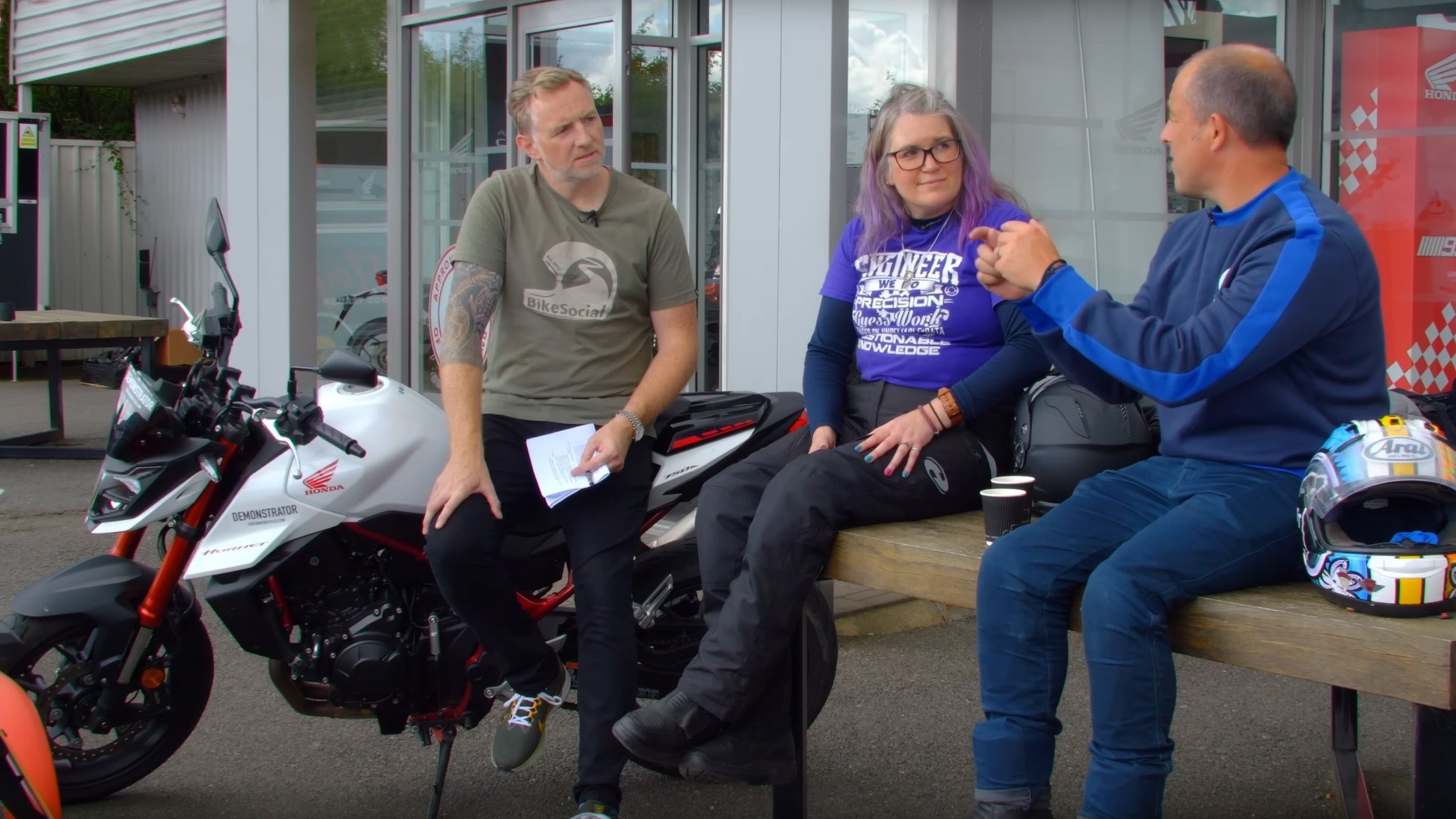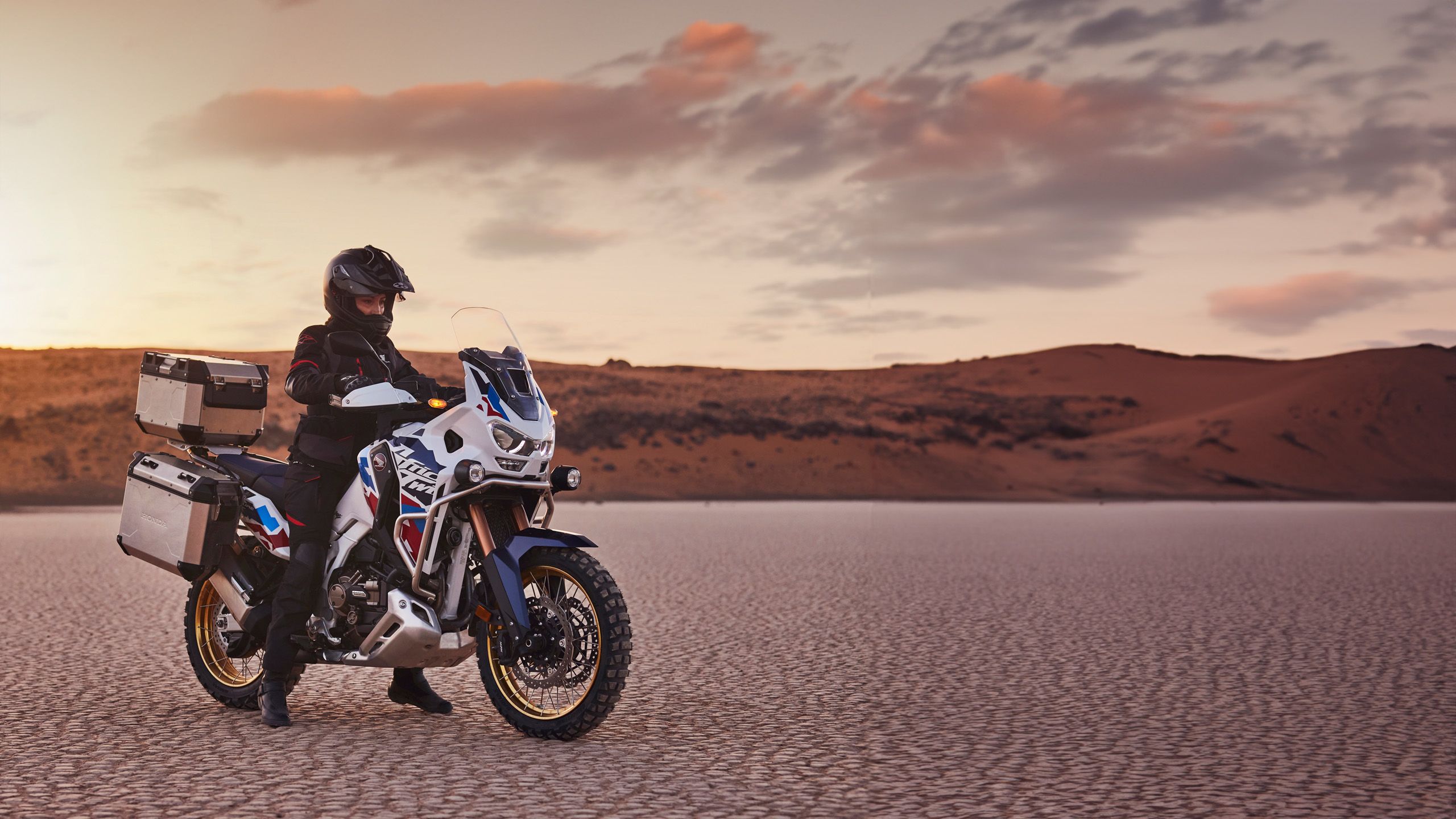OUR ULTIMATE RIDING AND BUYING GUIDE FOR SHORTER RIDERS
I'm delighted to be your guide for shorter riders looking to ride and buy motorcycles with confidence. Being 5ft 6.5ins myself, I understand the challenges that shorter riders face in the world of motorcycling. However, rest assured that height should never be a barrier to your riding dreams. Here's our comprehensive guide to help you make informed choices and enjoy your riding experience to the fullest.
I've been riding bikes on a professional basis for nearly 25 years and have been lucky enough to have ridden and raced all over the world, including at the Isle of Man TT. Every week of my working life sees me ride a variety of machines as diverse as a CRF1100L Africa Twin and Honda Monkey 125. And no matter what or where I ride, the most common question I am asked is due to my height: "How on Earth, Chad, do you manage big bikes?"
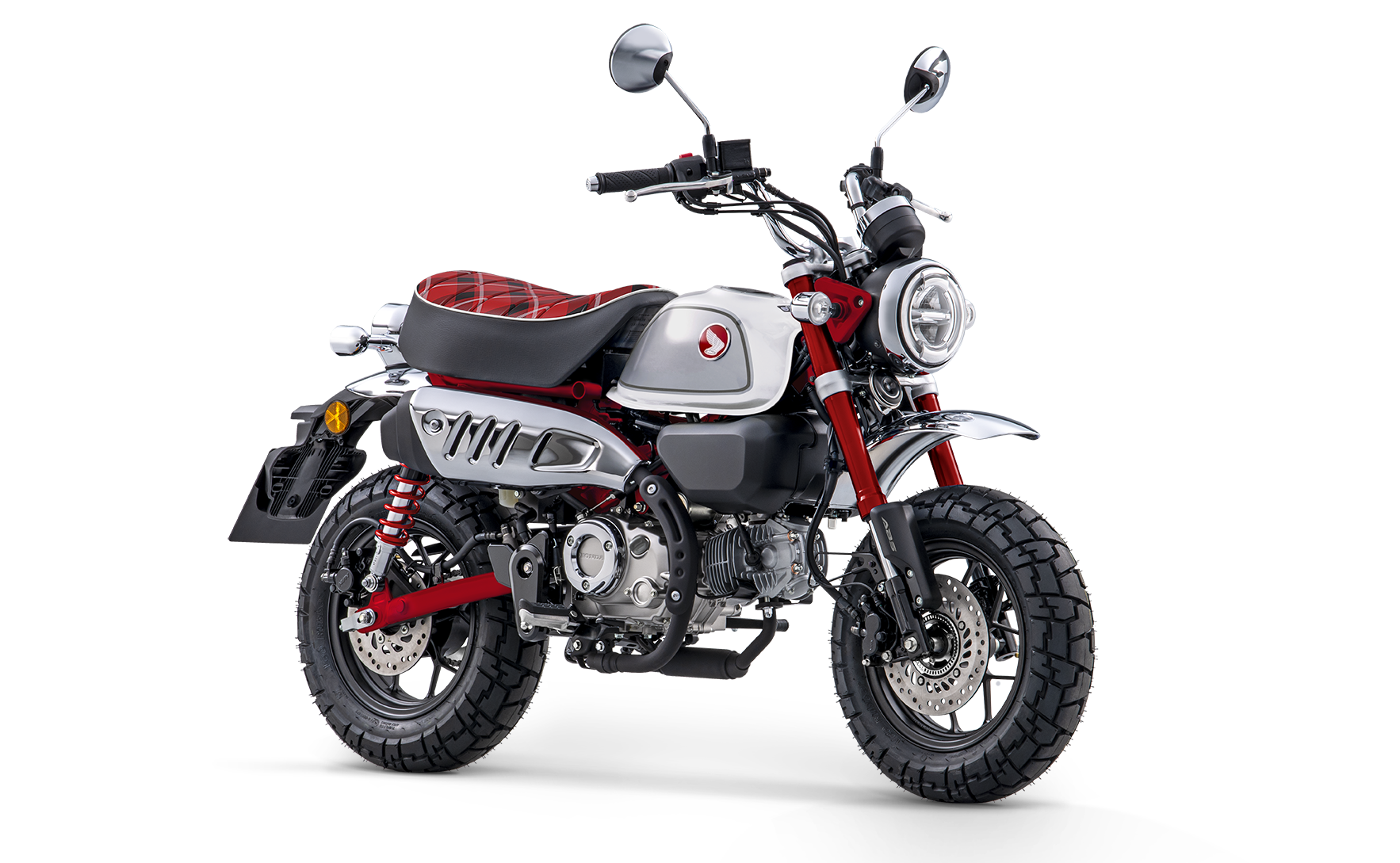
One of favourite responses is to point out that In the racing world, my height (5ft 6 and that all-important extra half inch) is ideal. Most MotoGP riders are my height or shorter because being small makes it easier to tuck in out of the speed-sapping airstream and be more aerodynamic. It usually means being lighter too and giving a better overall power-to-weight ratio. And those advantages from the track can also apply to the road because even when outright speed isn’t the objective, smaller riders make their bikes more efficient in everyday riding.
So, whatever you do, don't let your height limit your riding ambitions. Learn and adopt a few basic rules and techniques described here and you can ride with as much confidence as anyone else.
IGNORE THE SEAT HEIGHT
Often, we simply glance at a manufacturer's claimed seat height, see that it's as tall as a step ladder, and move on. This is a common mistake because a quoted seat height doesn't provide the whole picture. We must also consider the seat's construction and dimensions, especially its width, and shape. For instance, the Honda CRF 300 Rally boasts a nominally tall seat height of 885mm, which might seem daunting on paper. However, in practice, the seat is narrow, especially toward the fuel tank, making it relatively easy for those with shorter legs to reach the ground confidently.
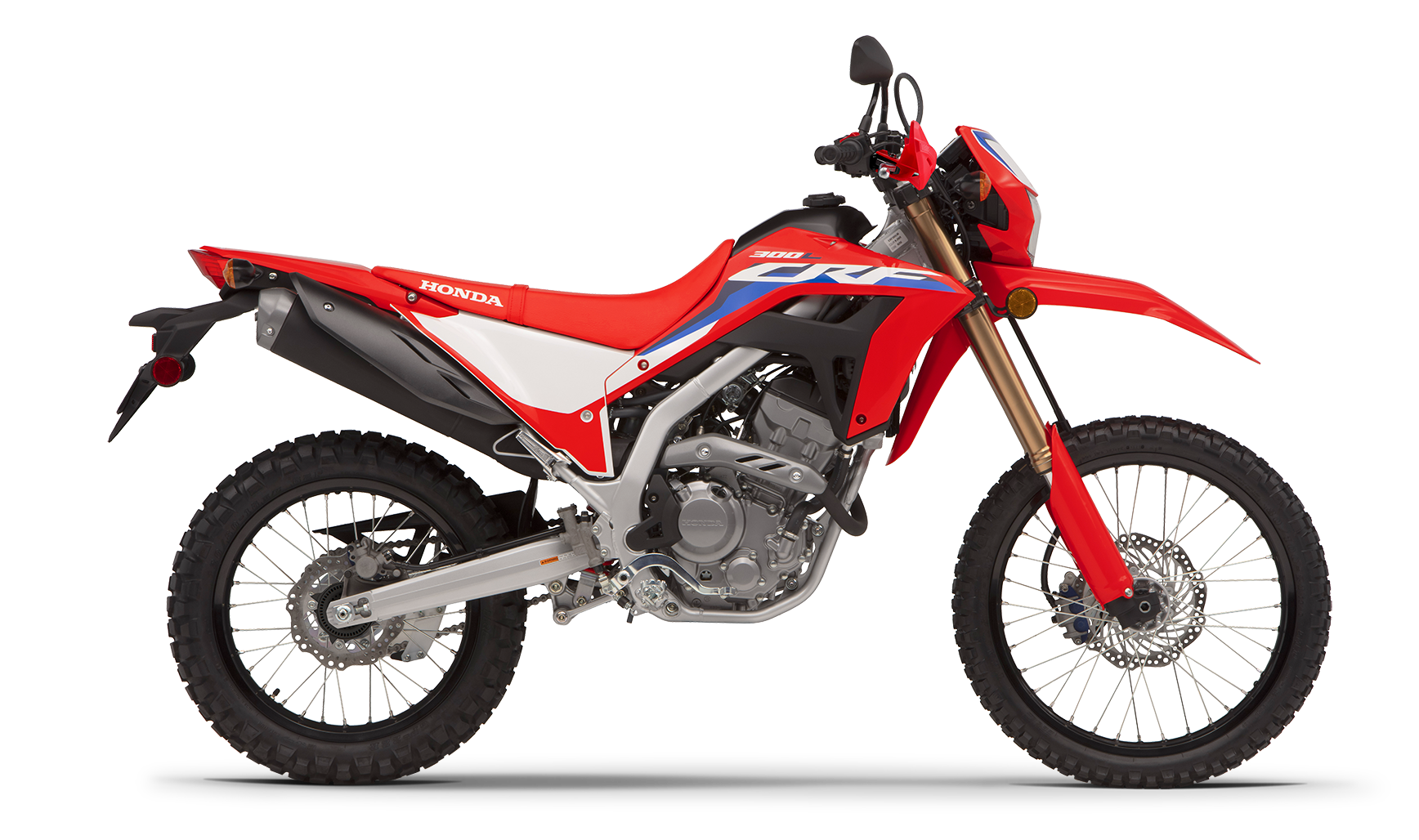
Hence it's crucial to sit on bikes in the showroom before dismissing them solely based on their lofty spec-sheet seat height. Furthermore, many seat heights can now be adjusted by either lowering the standard seat or opting for a genuine low-seat option to replace it, as is the case with Honda's Africa Twin. In fact, the CRF 1100Ls adventure machine's standard seat height can be lowered from 870mm to 850mm, a significant difference, and an optional lower seat can even go down to 825mm.
Another important consideration is the amount the rear suspension compresses when the rider is on the bike. This "laden sag" is a hidden factor in determining a bike's real-world seat height and is often overlooked by those seeking a low-seat motorcycle. For example, in the case of the Africa Twin, the quoted seat height is 850mm to 870mm, but with the rider's weight on board, the suspension can sag by 20 to 40mm, depending on the rider's weight. Some bikes, especially adventure machines with long-travel suspension, experience more sag than others. Our advice is to try sitting on as many of the machines on your shopping list as possible.
BIKE WEIGHT
When purchasing a new bike, we often focus solely on the wet or dry weight listed in the technical data (wet weight includes fuel, dry weight does not). However, it's not just about the total weight; it's also about where that weight is distributed. Take Honda's mighty GL 1800 Gold Wing, for example, with a stated weight of 367kg. Despite its appearance, the low, flat-six engine layout results in an ultra-low centre of gravity, making those kilograms far more manageable than if they were carried higher in the chassis. Ride a Wing for a just a few miles and its bulk disappears, revealing a bike as agile and manoeuvrable as many half its capacity.
A word of caution: a fully fuelled bike can handle differently from one in the showroom, which is typically empty. Additionally, when you add luggage, the transformation can be significant. For instance, Honda's Africa Twin Adventure Sport, with its large 24.8-litre fuel tank, offers an impressive range for long-distance riding. However, when brimmed with unleaded, it might feel heavier than your comfort zone allows. Remember that every litre of petrol adds about 1kg to the bike's mass. So, consider if you truly need a large tank range.
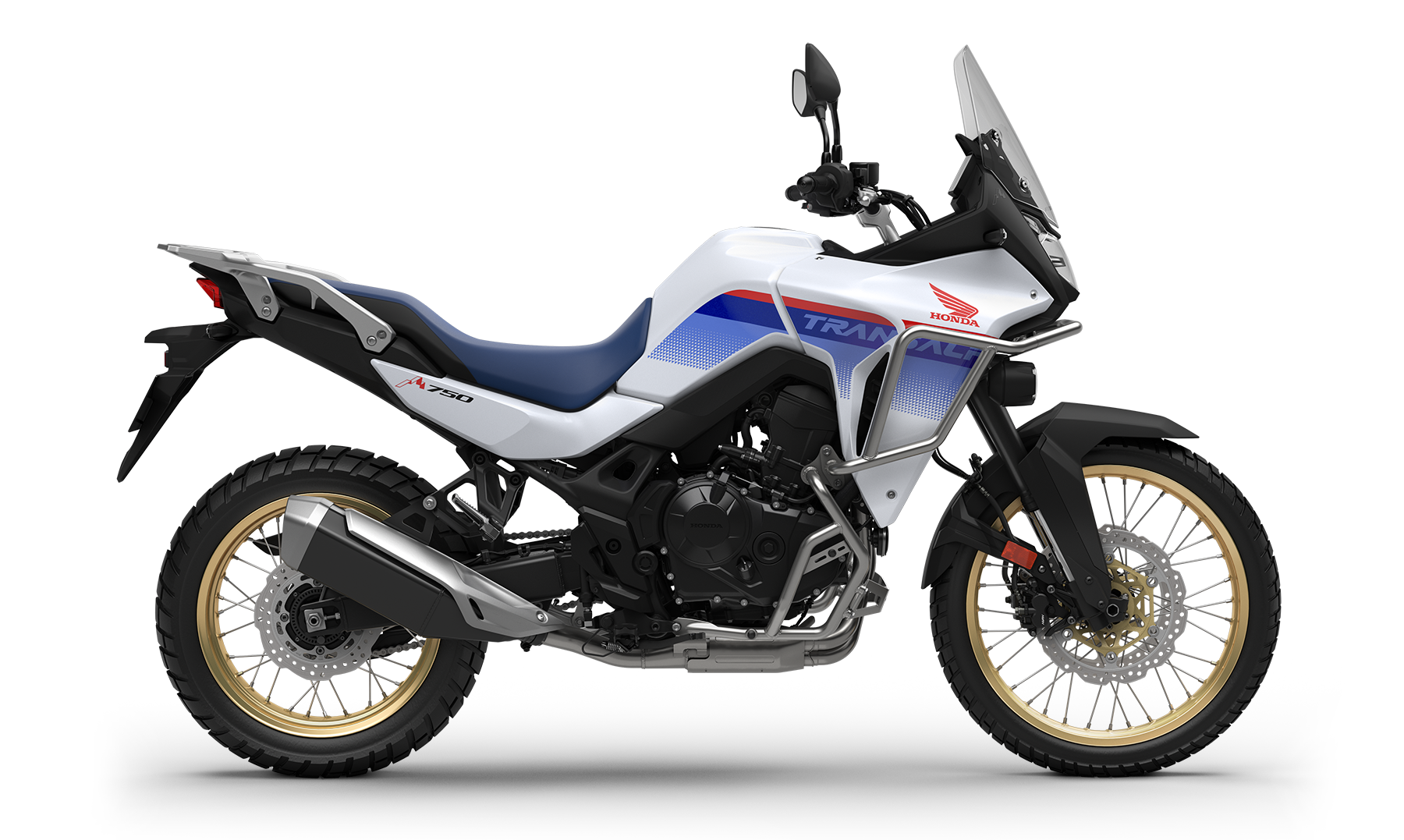
Honda's standard and smaller Africa Twin, weighing 226kg (compared to the Adventure Sport's 238kg), and the new XL750 Transalp, at 208kg, are lighter options. The Transalp, with only a 10bhp difference compared to the Africa Twin and a lower seat height, is easier to manage for shorter riders.
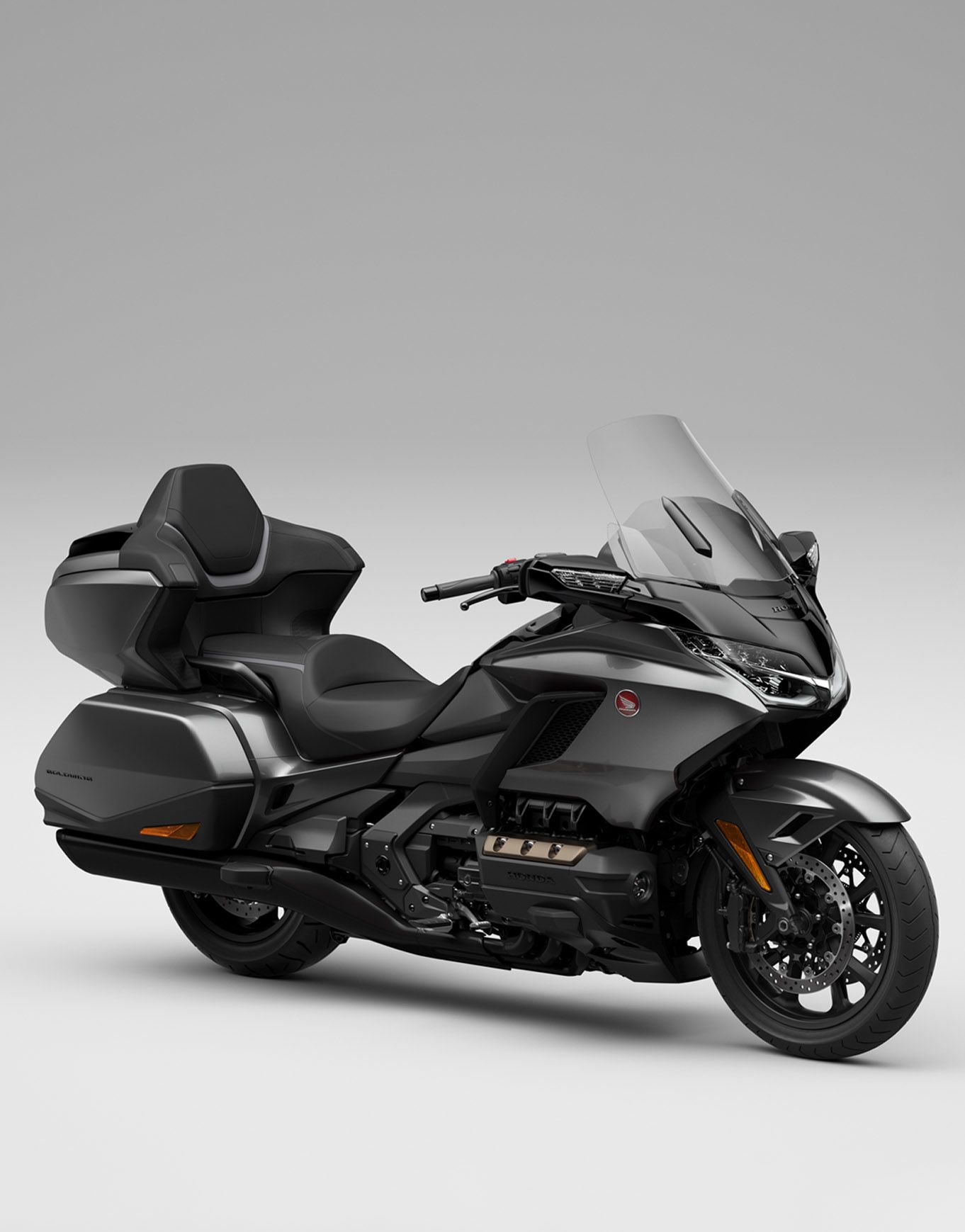
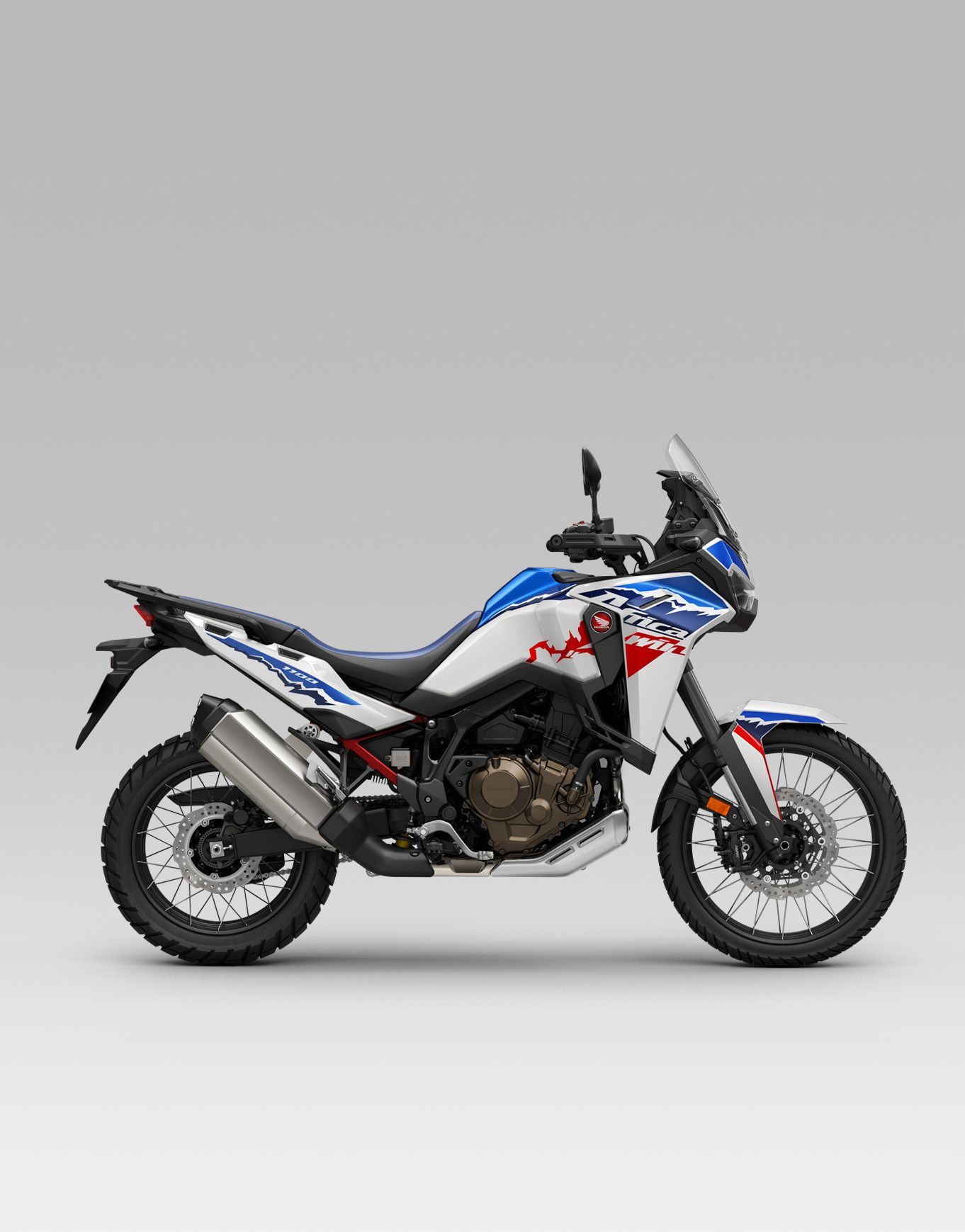
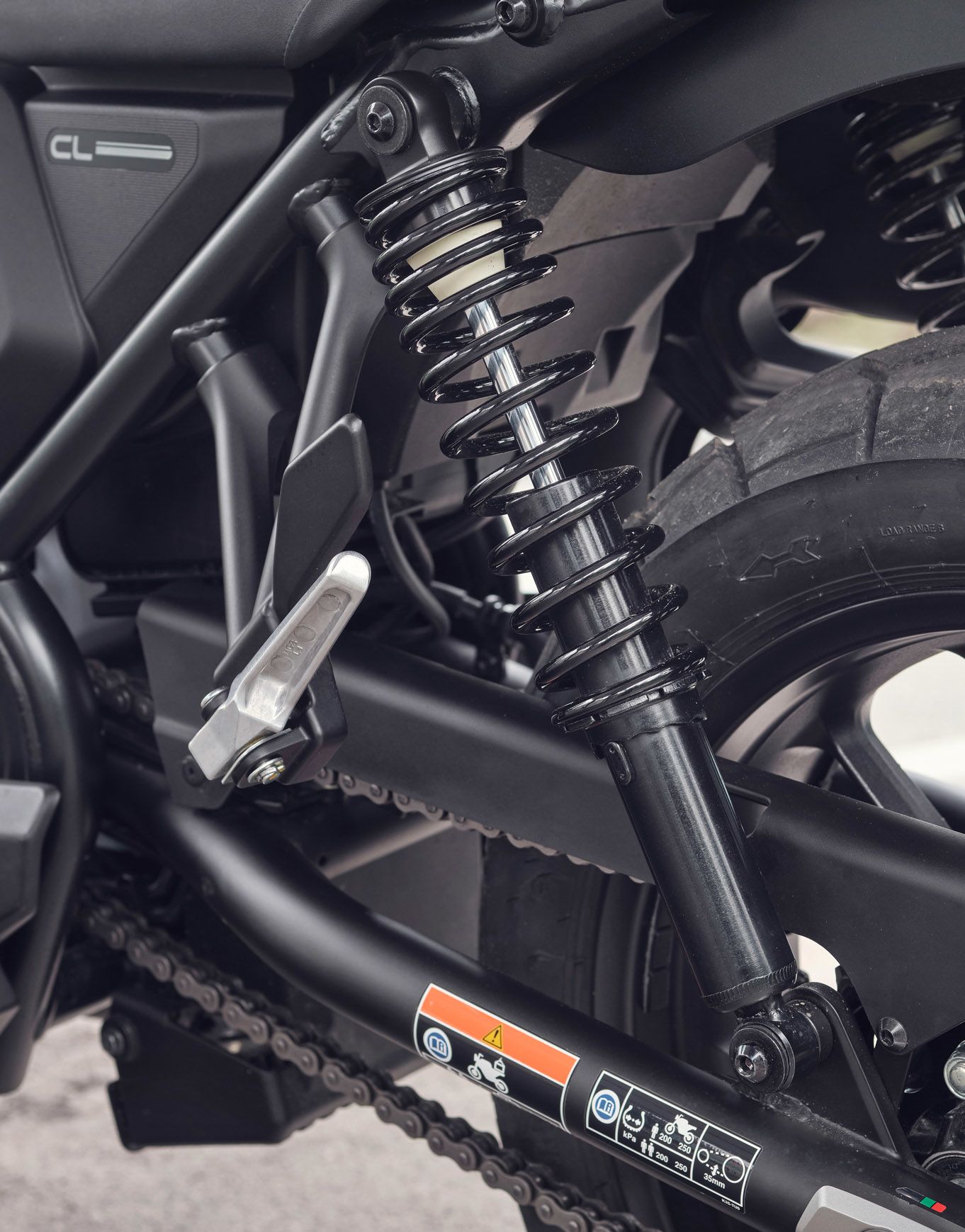
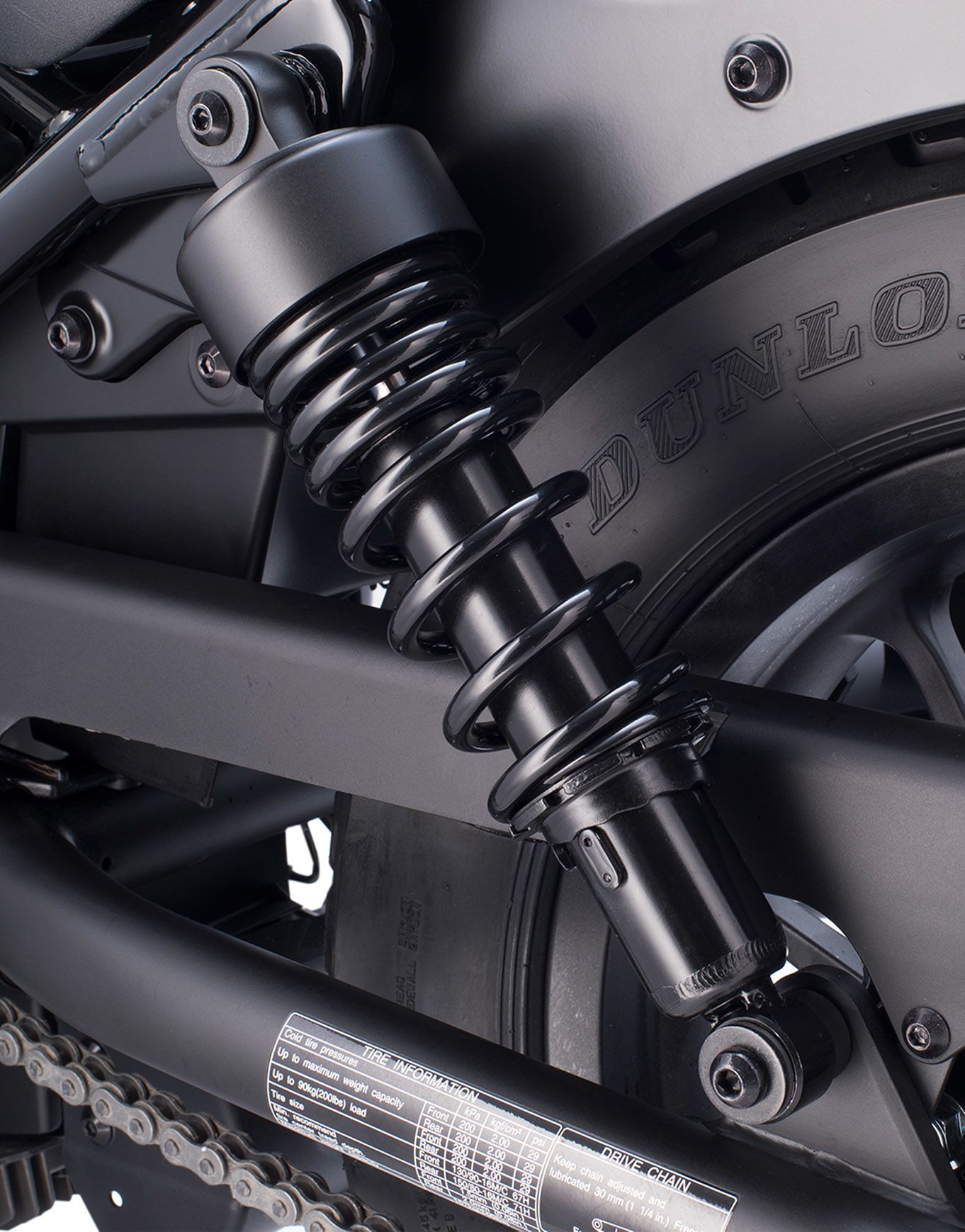
SUSPENSION
We've discussed how adding weight to a bike, whether it's a rider, pillion, luggage or even fuel, can affect the seat height by causing the suspension to compress or sag. However, we also have the ability to adjust the suspension to suit our needs.
One method is to reduce spring preload from the rear shock absorber, which increases the sag and lowers the rear of the bike when weight is added. This is a relatively simple way to decrease the seat height. Keep in mind that the effectiveness of this method can vary depending on the bike's design, and you'll likely see more significant changes on adventure-style bikes with ample suspension travel compared to sport bikes.
It's important to note that while reducing preload can help you get your feet on the ground, it may also impact the bike's handling characteristics. Generally, it will lower the rear of the bike, which can result in slower steering and potentially reduced ground clearance in corners. If you're uncertain about making these adjustments, it's advisable to contact your local dealer for guidance. Alternatively, you can consult a suspension specialist like K-Tech or Maxton, who can fine-tune the standard suspension to match your specific requirements. For instance, a shorter, lighter rider might need a different spring setting than a shorter, heavier rider who experiences more sag when sitting on the same bike.
To put this theory to the test, we enlisted the help of Bike Social member Leonie, who is just 5ft 2ins tall. By gradually reducing the rear preload (easily done with a remote pre-load adjuster) and using the lower seat position on our Africa Twin test bike, she found that she could comfortably reach the ground.
We have discussed the rear suspension, but not mentioned the front – but similar rules apply (and again, if you are unsure, please contact your local dealer or a suspension specialist).
Obviously, the front of the bike is the business end – controls, bars, levers, etc – and we can we adjust these to make riding the bike easier. I have small hands and can struggle on some bikes that don’t have span-adjustable levers. If your chosen bike doesn’t have adjustable levers, find out if they can they be added. Alternatively, consider DCT, which means no clutch and automatic gears, or an up-and-down quick-shifter such as that installed on the Fireblade, which means you only need the clutch lever to start and stop.
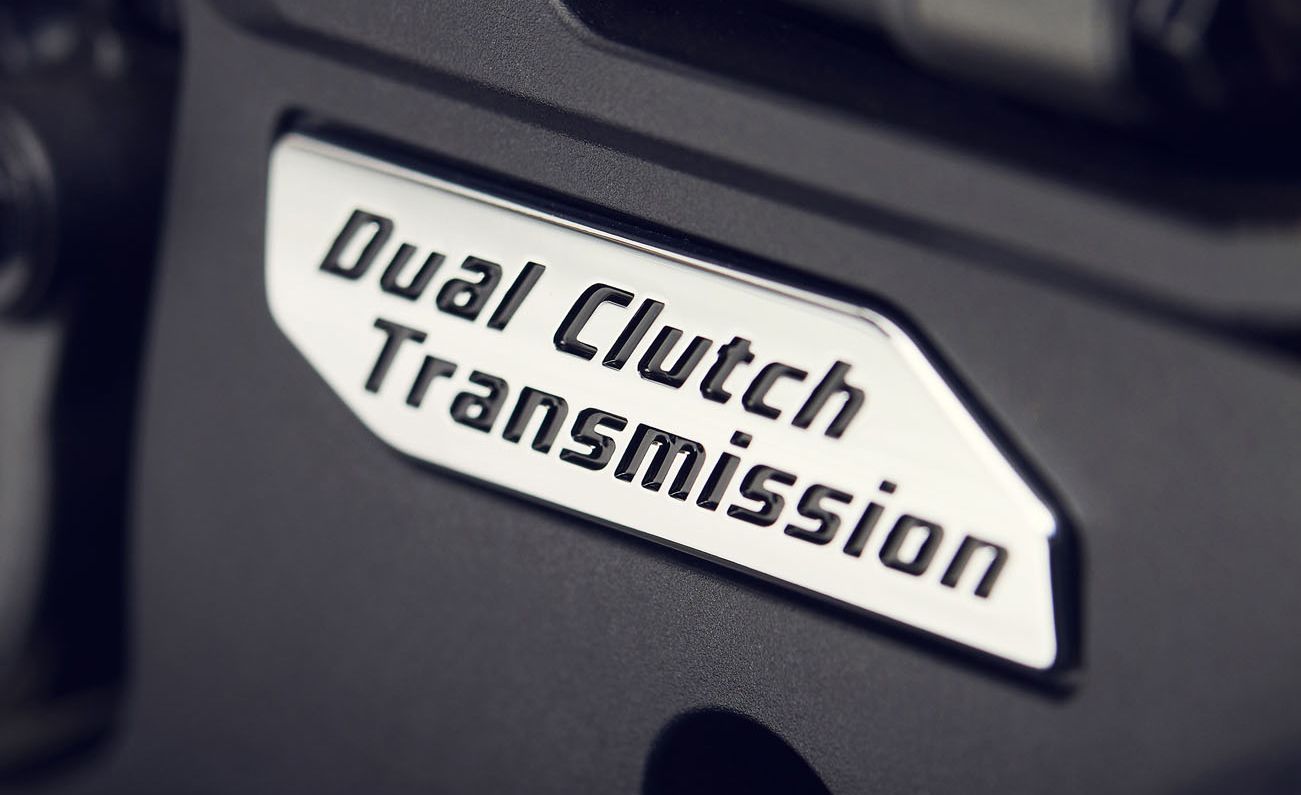
While we’re thinking about ergonomics, it’s useful to find out if the handlebars can be moved closer to the rider, reducing the stretch to the controls. Can the screen be reduced in size? Can the switchgear and levers be moved into a more comfortable position? Can we add extras like cruise control to make life easier? All these little tweaks help to make the bike fit the shorter rider better, more comfortable and less intimidating.
Verdict
In the UK, the average height for men is 5ft 9ins (5ft 7ins for those over 65), and for women, it's 5ft 4ins. As we're not a particularly tall nation, even individuals at 5ft 9ins might find tall bikes daunting, especially if they're inexperienced.
Confidence is paramount, and it grows with time and practice. Utilizing these tips and participating in off-road schools can significantly boost your confidence. Starting with a suitable-sized bike is crucial for success, too. Plan your bike choice, road trips, and adventures, and don't overlook the importance of a warm-up. Remember, some of the world's finest riders are of shorter stature. Enjoy the ride!



